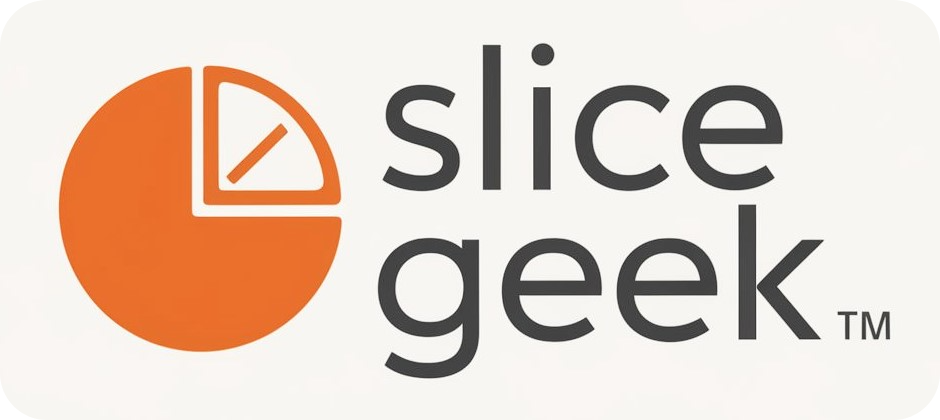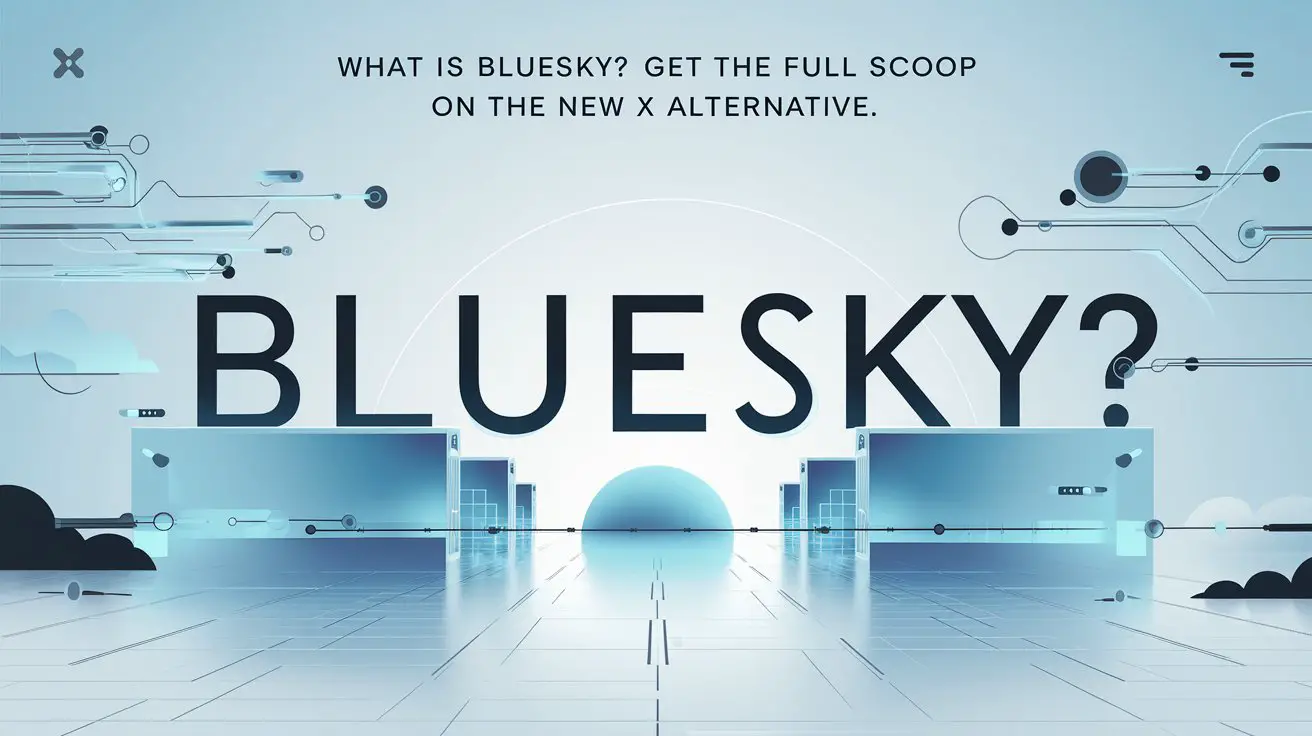In the ever-evolving world of social media, a new platform has emerged to challenge the dominance of existing giants. Bluesky has quickly garnered attention as a potential alternative to X (formerly known as Twitter), offering users a fresh approach to microblogging and online conversation. Founded with the goal of decentralizing social media and giving users more control over their online interactions, Bluesky represents a significant shift in how social platforms are structured and operated.
This article delves into what Bluesky is, its key features, and how it positions itself as a competitor to X.
Origins of Bluesky
Bluesky was originally conceived by Jack Dorsey, co-founder and former CEO of Twitter. The project started as an initiative under Twitter with the aim of creating a decentralized social network. Dorsey envisioned a platform where users could freely move their data and content across different networks, preventing any one company from having complete control over their social interactions.
Although it began within Twitter, Bluesky later branched off into an independent entity. The goal of this separation was to focus exclusively on developing a decentralized protocol for social media, now known as AT Protocol (Authenticated Transfer Protocol). This protocol forms the backbone of Bluesky, making it different from traditional social media platforms like X, Facebook, or Instagram.
Key Features of Bluesky
One of the most distinguishing aspects of Bluesky is its emphasis on decentralization. Unlike X, which operates on a centralized model where all data is stored and controlled by a single company, Bluesky aims to create a decentralized social network where users have more control over their data. This means that, in theory, users on Bluesky will be able to move their profiles, followers, and content across different platforms that use the same protocol, without being locked into one specific service.
Bluesky also promises more transparency in how content is moderated and presented to users. Instead of relying on algorithms controlled by a single company, Bluesky envisions a system where users can choose from multiple moderation and recommendation systems. This would give people more control over what they see on their feed, and how their own content is handled.
How Bluesky Compares to X (Formerly Twitter)
As a microblogging platform, Bluesky shares several similarities with X in terms of user experience. Both platforms allow users to post short messages, interact with followers, and engage in public conversations. However, Bluesky’s approach to decentralization and user control sets it apart from its predecessor.
Where X has faced criticism over content moderation, algorithm transparency, and privacy concerns, Bluesky seeks to address these issues by allowing more user autonomy. With the development of the AT Protocol, Bluesky aims to create an open ecosystem where users, developers, and businesses can interact on their terms.
Bluesky’s open-source model also gives developers the ability to build applications on top of the platform. This flexibility contrasts with X’s more closed-off ecosystem, where developers have fewer opportunities to influence the platform’s direction or integrate custom tools.
Decentralization: The Core of Bluesky’s Vision
At the heart of Bluesky’s mission is the concept of decentralization. Most traditional social media platforms operate on centralized servers controlled by a single company. This centralization gives the platform’s operators control over everything from user data to content moderation, making it difficult for users to migrate their accounts or content to other platforms.
Bluesky’s AT Protocol aims to create a more open and flexible environment where social networks can be interoperable. With the AT Protocol, users won’t be confined to a single platform but will instead be able to connect across various networks built on the same decentralized infrastructure. For example, a user on one Bluesky-based network could follow or interact with users on another network, much like how email works across different providers.
This decentralization allows users to choose how their content is moderated, where it is stored, and how it is shared across different networks. In practice, this could reduce the power imbalance between tech companies and their users, giving individuals greater control over their online identities and interactions.
User Control and Content Moderation
Another key aspect of Bluesky’s platform is its approach to content moderation. Traditional social media platforms like X rely on centralized content moderation policies, which are often criticized for being opaque and inconsistent. Bluesky seeks to change this by introducing a more open system where users can select the moderation tools and algorithms that best align with their preferences.
Bluesky allows multiple moderation services to operate simultaneously, giving users the freedom to choose how their content is curated and moderated. This also means that communities within Bluesky can develop their moderation guidelines, offering a more diverse and personalized experience compared to the one-size-fits-all approach seen on other platforms.
Moreover, by decentralizing moderation, Bluesky could potentially avoid some of the censorship controversies that have plagued other social media platforms. With users able to migrate their content between networks, they are less likely to be subject to arbitrary bans or restrictions imposed by a single company.
The Growing Popularity of Bluesky
As Bluesky continues to develop, it has attracted a growing number of users who are looking for alternatives to traditional social media platforms. This surge in popularity can be attributed to increasing dissatisfaction with centralized platforms over issues such as privacy, content moderation, and the control of user data. The ongoing debates over how tech companies handle misinformation, censorship, and personal data have further fueled interest in decentralized alternatives like Bluesky.
Bluesky’s open-source nature also makes it an attractive option for developers and tech enthusiasts who want to contribute to the platform’s growth. By enabling developers to build on its protocol, Bluesky encourages a more collaborative ecosystem where innovation can thrive.
Challenges and the Road Ahead
While Bluesky’s vision is ambitious, there are challenges that come with decentralizing social media. One significant hurdle is maintaining a consistent user experience across different networks built on the AT Protocol. If users can freely migrate between networks, questions arise about how security, privacy, and moderation will be handled across these systems.
Bluesky also faces competition from other decentralized social platforms, such as Mastodon, which has already established itself as an alternative to centralized social media. As decentralized networks continue to evolve, Bluesky will need to demonstrate its unique value proposition to differentiate itself from other players in the space.
However, with Jack Dorsey’s backing and the potential for greater user control and privacy, Bluesky is well-positioned to make a significant impact in the world of social media.
Conclusion: Is Bluesky the Future of Social Media?
Bluesky’s innovative approach to decentralization and user control could reshape the future of social media. By offering an alternative to the traditional, centralized platforms, Bluesky empowers users to have more say in how their content is managed and shared. With the growing demand for privacy, transparency, and user autonomy, the platform is poised to challenge the dominance of established social media giants like X.
As Bluesky continues to evolve, it will be interesting to see how it addresses the challenges of decentralization and whether it can live up to its promise of creating a more open, user-centric internet. For now, Bluesky represents a bold step toward rethinking how social platforms should operate in the digital age.





